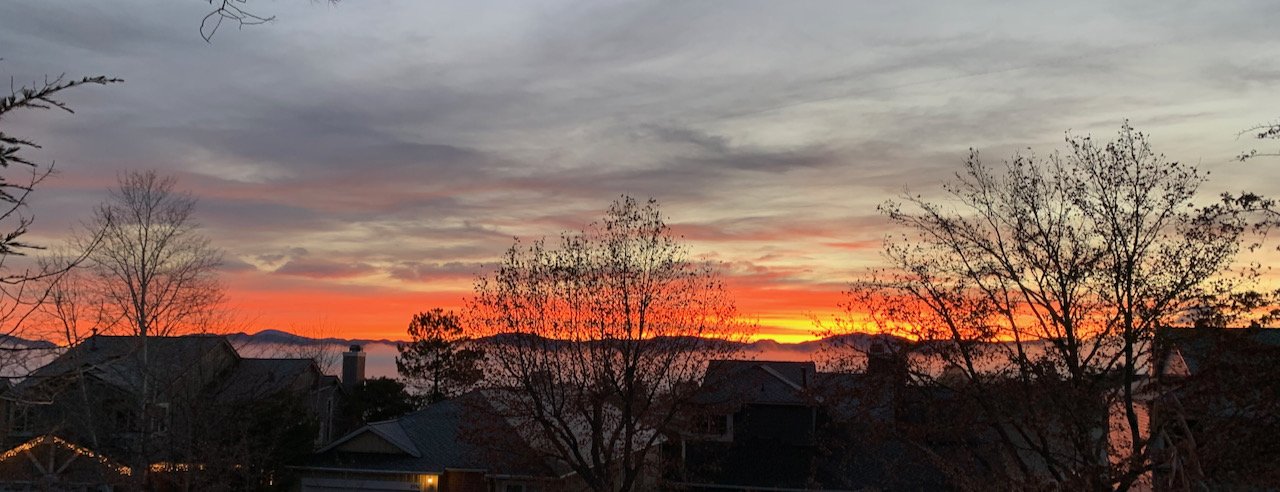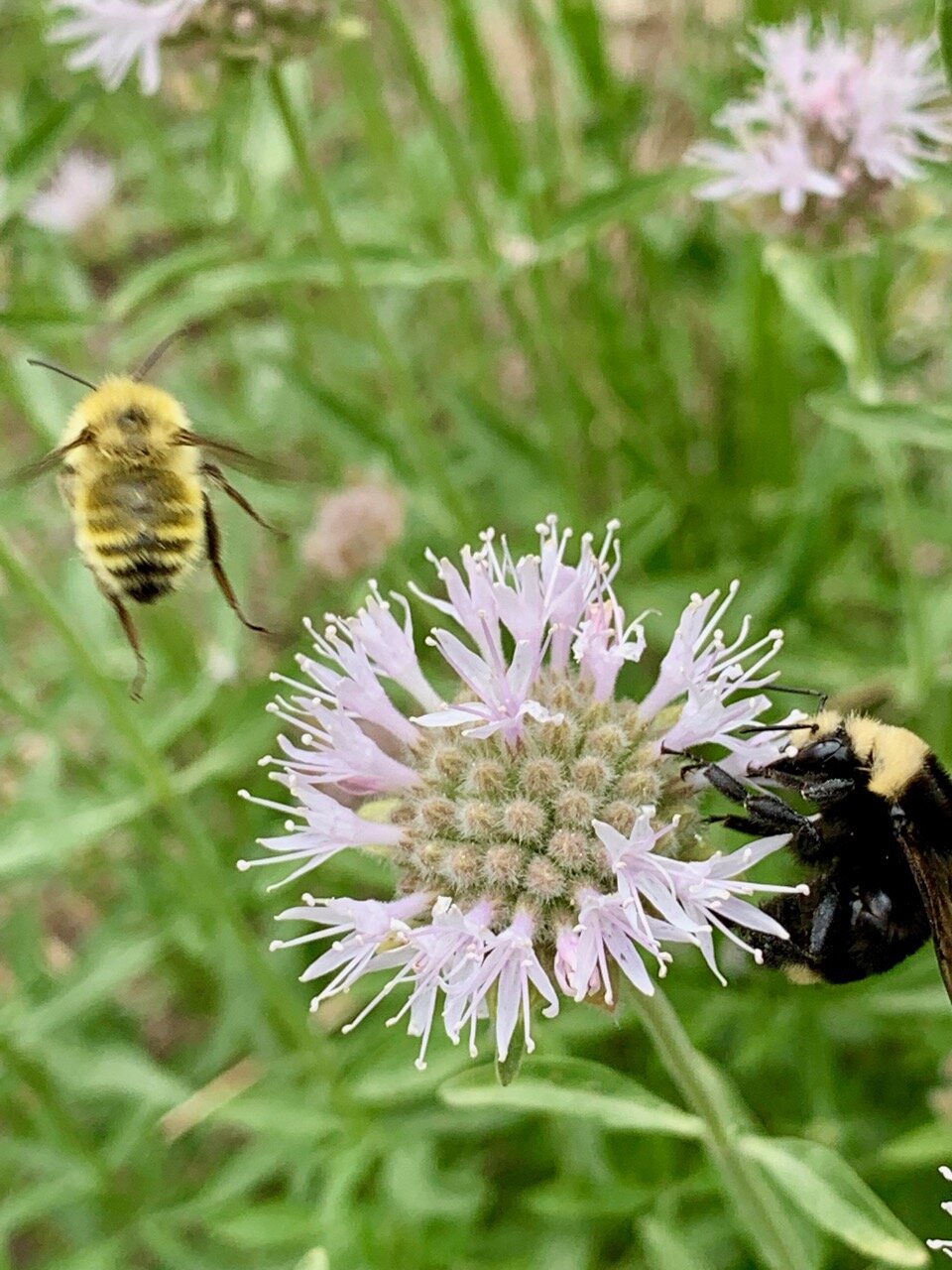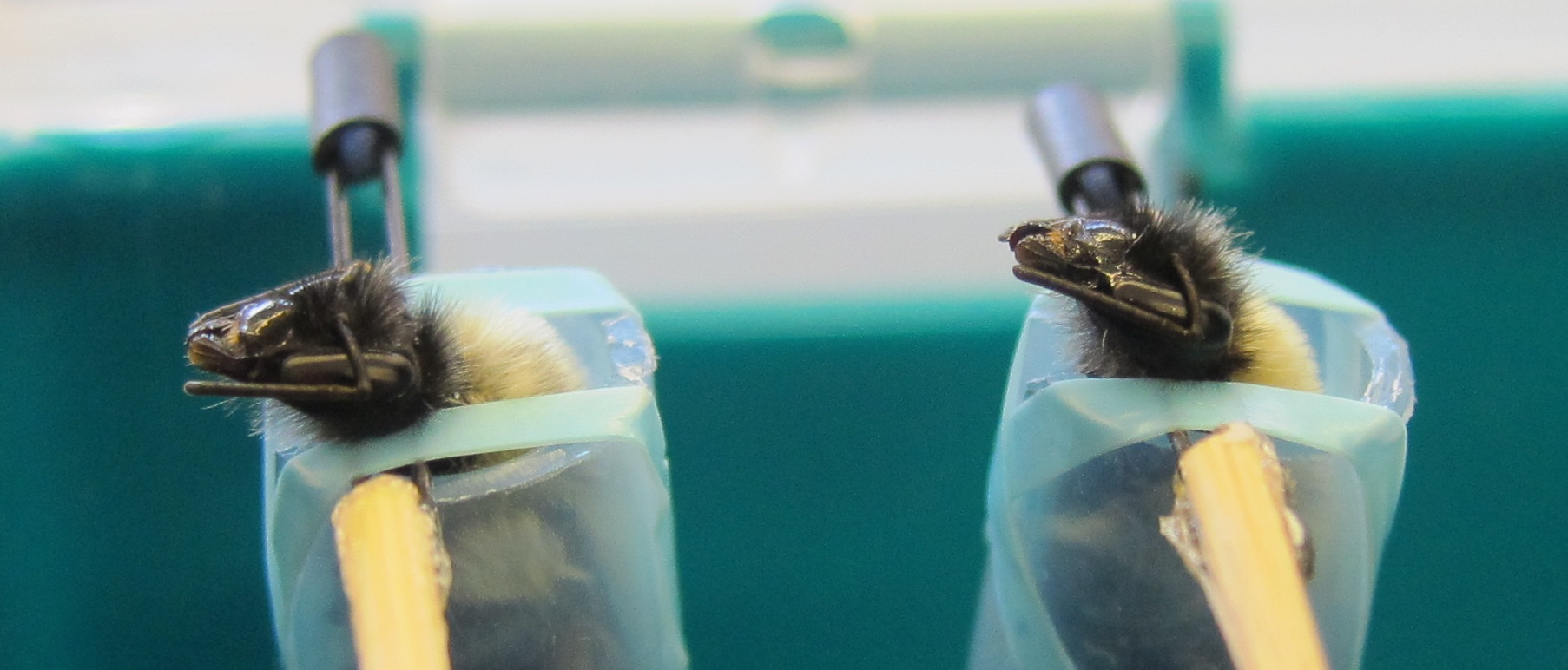We're wrapping up a great summer by attending the BOMBUSS conference in Logan, Utah. This first-of-its kind meeting was an intensive immersion in methods for bumblebee researchers.
Felicity gave a lightning talk and poster about the new FMPER technique, which we are using to measure learning in wild bees. Excitingly, the paper describing the method is now out (Methods in Ecology and Evolution). The FMPER technique is not only awesome for our research, but also makes a great undergraduate lab activity (contact us for details).
After co-leading a session on "Foraging and Nutrition" with Hollis Woodard (UC Riverside), and spending 3 days talking Bombus non-stop, very excited to get back to lab and try out some of what we've learned!
We're going to keep BOMBUSS spirit alive at UNR this semester, with EECB Colloquia by Hollis Woodard, Maj Rundlöf (Lund University./UC Davis) aaaaand Felicity Muth herself this semester!
















